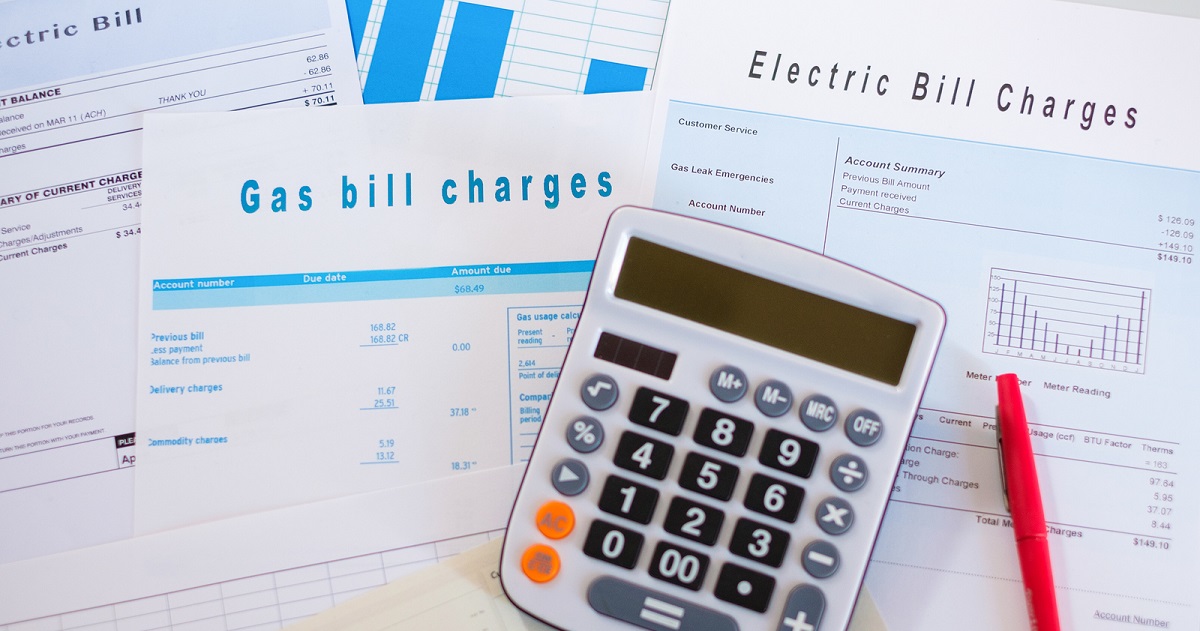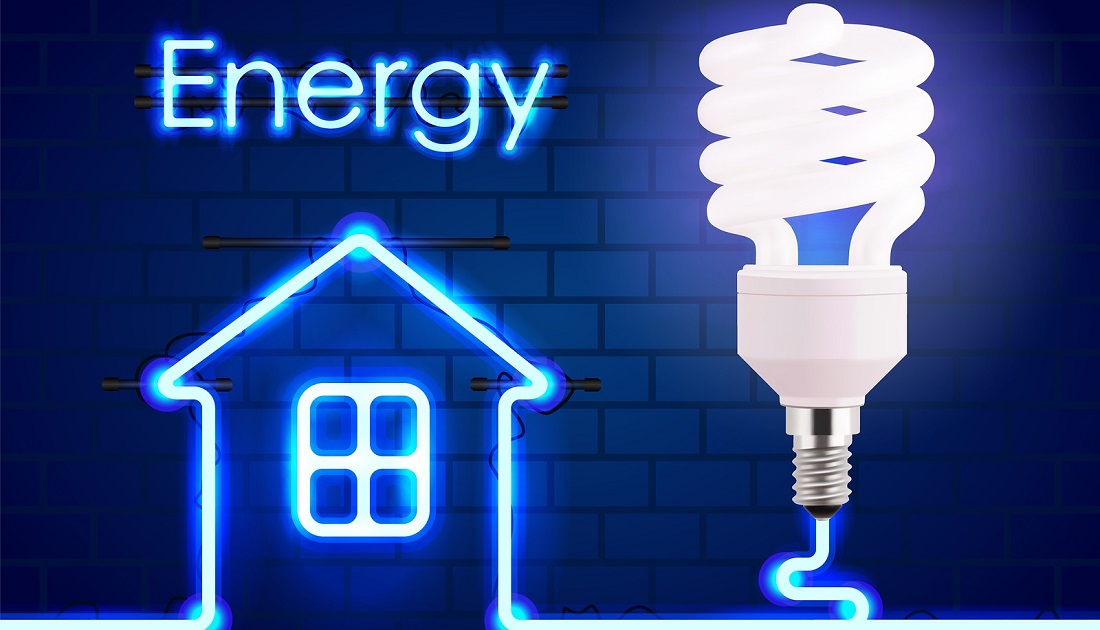United States residential energy use fell more than 10 percent from 2009 to 2015 even though the number of homes increased four percent, according to an analysis by the Joint Center for Housing Studies (JCHS) of Harvard University.
 This assessment was released after JCHS researchers reviewed survey results from the U.S. Energy Information Administration, says Elizabeth La Jeunesse, senior research analyst at JCHS. While all types of housing saw improvements, she noted that the greatest increases were in mobile homes and multiple family units. The size of single-family homes increased during that seven-year span, the number of BTUs declined by 14 percent.
This assessment was released after JCHS researchers reviewed survey results from the U.S. Energy Information Administration, says Elizabeth La Jeunesse, senior research analyst at JCHS. While all types of housing saw improvements, she noted that the greatest increases were in mobile homes and multiple family units. The size of single-family homes increased during that seven-year span, the number of BTUs declined by 14 percent.
Stricter energy codes for new home construction and warmer weather across the nation were cited as the main reasons for the reductions, said La Jeunesse. For more details on this issue, read her article, “U.S. households are using less energy.” See data from the U.S. Energy Information Administration about U.S. household energy consumption from 2009 to 2015, including analysis by household family size, home size, climate conditions and income.
The Harvard JCHS advances understanding of housing issues and informs policy through its education, research and public outreach programs. Find out more about JCHS.

















